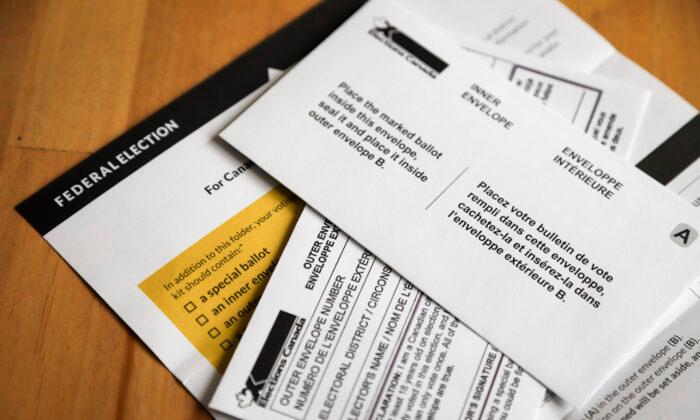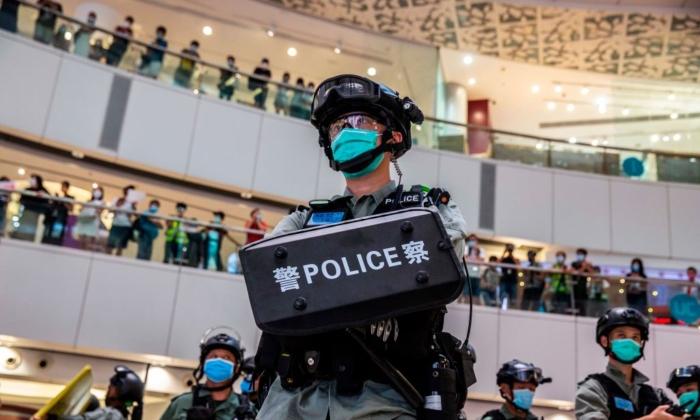“Trudeau should never have called it, he claimed that he wanted to hear from people. Well, this is the lowest turnout despite one of the biggest crises we’ve ever faced,” Singh said during a Sept. 21 press conference.
Singh cited difficulties in voting accessibility that were “discouraging” for people including long lineups, students unable to vote on campus, and confusion in Indigenous communities on how to access polling stations on election day.
“We pride ourselves on being a democracy where we want to make it easy for people to vote, and what we saw was not that,” Singh said.In the 2015 election, when Trudeau and the Liberal Party came into power, voter turnout was at 68.3 percent. In 2019, he was re-elected when at least 67 percent of registered voters cast their ballot.
The process of counting over 1 million mail-in ballots from across the country could take Elections Canada several days, leaving ridings that are in a tight race with uncertain outcomes.
While British Columbia has the greatest amount of mail-in ballots, Ontario has the largest number of races in which the outcome could be decided by mail-in ballots.In Alberta, two seats are also too close to be called. With roughly 3,200 mail-in ballots uncounted in Edmonton Centre, Liberal Randy Boissonnault is leading Conservative James Cumming by only 136 votes.
In Edmonton-Griesbach, where 2,166 mail-in ballots were received, NDP Blake Desjarlais is leading Conservative Kerry Diotte by roughly 1,000 votes.





